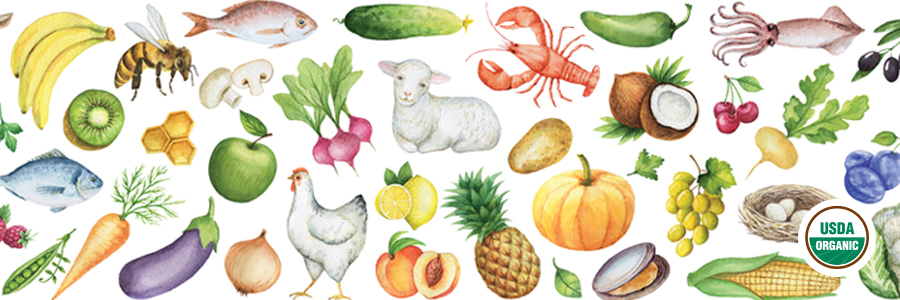


Sign-up for {N}power to get exclusive discounts, newsletters, members-only features, and more!
 Denver - Design District - Alameda and Broadway
Denver - Design District - Alameda and Broadway
368 S Broadway
Denver, CO 80209
United States
 Preferred Store:
Select a Store
Preferred Store:
Select a Store

Roughly 75 percent of the world’s food comes from just 12 plants and five animal species, and that staggering lack of biodiversity ripples across every aspect of food production, “from soil to seed to pollinator,” as journalist Simran Sethi put it.1 Once lost, biodiversity cannot be recovered—this is the warning issued by the State of the World’s Biodiversity for Food and Agriculture report released by the United Nations Food and Agriculture Organization.2 We’re inside the belly of the beast, and time is running out for escape.

6,000+: Edible plant species, cultivated for food throughout history 3
170: Approximate number of crops that are commercially significant now
30: Food crops we depend on the most
9: Crops that account for 66 percent of global production4
3: Crops that supply more than 40 percent of our daily calorie intake (corn, wheat, and rice)
90%: Estimated loss of fruit and vegetable seed varieties in the US since the 1900s 5 6
50%+: The amount of endangered native plants in the US that are wild relatives of important food crops (e.g., wild rice)7 8
Lack of genetic diversity makes entire species more vulnerable to destruction by pests and disease. Ireland’s Great Famine is a tragic example—dependency on a single variety of potato that succumbed to blight had devastating consequences on the whole country.9
Approximately 1.5 billion people worldwide suffer from micronutrient deficiencies such as vitamin A and zinc10; a lack of genetic diversity within species contributes. For example, the pro-vitamin A carotenoid content of bananas ranges from less than one mcg per 100 grams to as high as 8,500 mcg per 100 grams between cultivars. Variety can spell the difference between micronutrient deficiency and micronutrient adequacy.11
Pollinators, soil microbes, and biological pest control, like beneficial insects, vanish when their food sources are depleted and habitats are degraded. According to the UN report, 17 percent of vertebrate pollinators are threatened with extinction.4
Look at a pasture. Look at a forest. Nature never farms in monocultures. –Bob Quinn, co-author of Grain by Grain12
30% higher species richness overall on organic farms. 13
50% more abundance of organisms in organic systems.
100 times higher abundance of pollinators on organic fields.
The ripple effect can start with you, reverberating across every aspect of food production from your menu to farmers to soil, seeds, and pollinators. Choose organically grown, choose heirloom varieties, choose heritage breeds, choose wild, choose foods that reflect the vibrant diversity of nature. We’re all writers of this story… how does it end?



Sign-up for {N}power to get exclusive discounts, newsletters, members-only features, and more!
